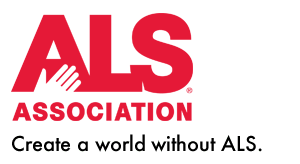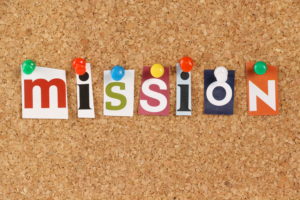Just. So. Good. That’s what I have to say about #nonprofitpickuplines, the hashtag that Vu Le introduced us to some years ago and (blessedly) revived for Valentine’s Day 2017.
Thanks to #nonprofitpickuplines, I spent V Day toggling between the clever goodness abounding in my Twitter stream and prepping for a webinar I was going to do on mission statement make-overs (more on that in a sec).
Then a sad, sad thought occurred to me: if nonprofit pickup lines really were that hilarious, we’d likely have way more people getting in on the philanthropy action.
But nonprofits don’t use clever pick up lines to get the convo started, do they? Nooooooo. Instead, they use their mission statements. Or some version of their mission statement that EDs, board members, program folks, fundraisers, etc can actually remember and, therefore, blurt out when the long anticipated moment arrives when someone (maybe a potential donor….deep breaths) finally asks you, “So, what does your organization do?”
Your response needs to be titillating. You’ve got seven precious, fleeting seconds to woo them. To snag them. To hook them. To get them to lean in and say, “Tell me more,” in a way that clearly indicates they will become a major donor. Clearly.
needs to be titillating. You’ve got seven precious, fleeting seconds to woo them. To snag them. To hook them. To get them to lean in and say, “Tell me more,” in a way that clearly indicates they will become a major donor. Clearly.
Individual giving as a percent of GDP has been stuck since smoking while making dinner was considered appropriate. Clearly, our mission statement pick-up lines aren’t working.
Really, you’ve got two options:
- Keep using that drab mission statement as your go-to pick-up line, thus leaving money and support on the cocktail table.
- Come up with a sexier mission statement.
By sexy, I mean one that:
- Is clear, concise, and repeatable.
- Has a superhero verb.
- Is free of jargon.
- Clearly communicates what you do and for whom.
- Gets people to ask questions.
If you want a sexy, more remarkable, more lean-in inspiring mission statement, listen to the webinar I did yesterday. (Tuning in with a glass of wine or whiskey in hand and candles burning seems only appropriate. But no mood music cuz then you can’t hear the webinar.)
*****
Readability Stats: Ease: 63.2, Grade: 7.3
 Class is in session.
Class is in session. Did you know that the word ‘priority’ was part of the English language for 500 years before it became pluralized? 500 years!
Did you know that the word ‘priority’ was part of the English language for 500 years before it became pluralized? 500 years! …
…
 I’ve been spending lots of time thinking about Mission Statements because of our
I’ve been spending lots of time thinking about Mission Statements because of our 